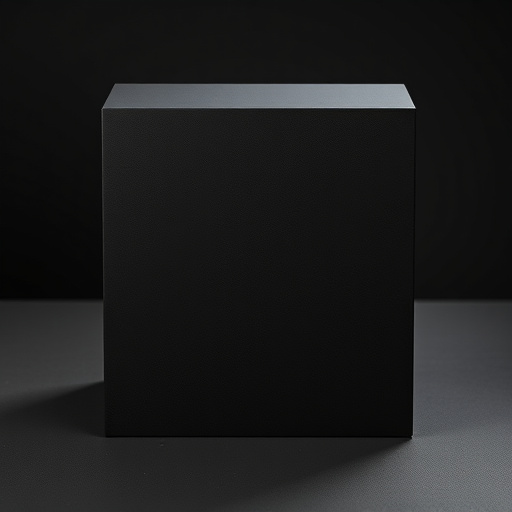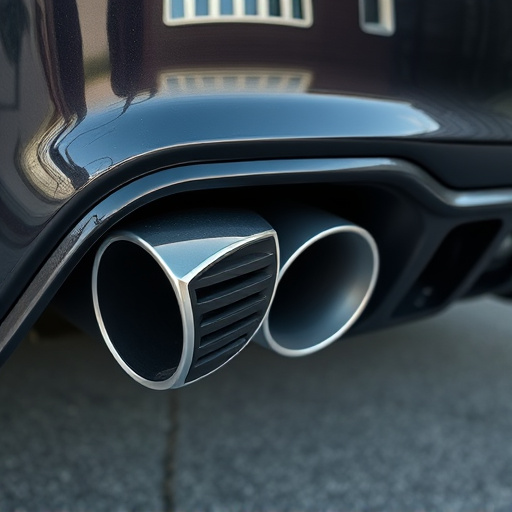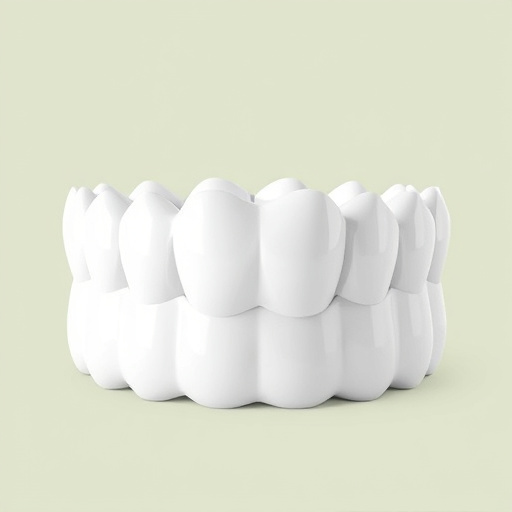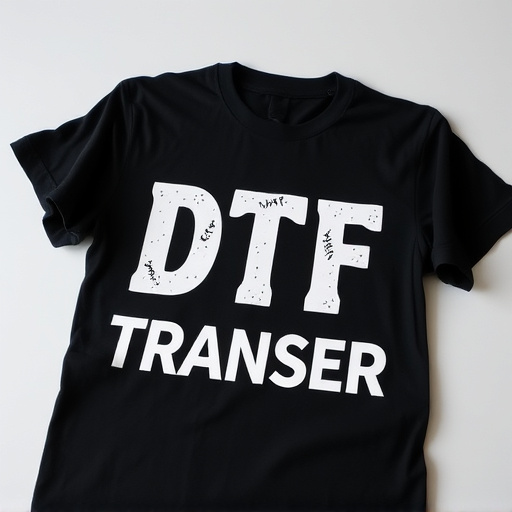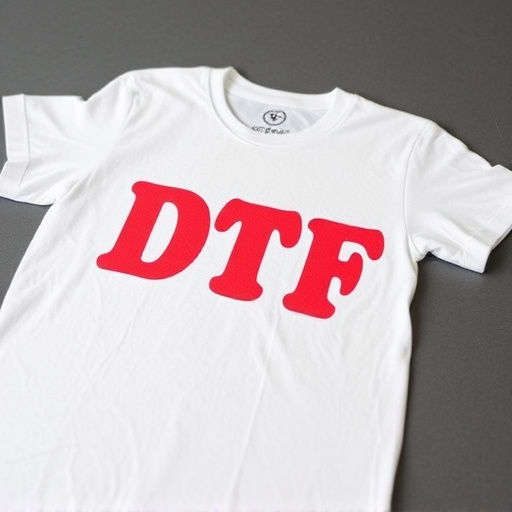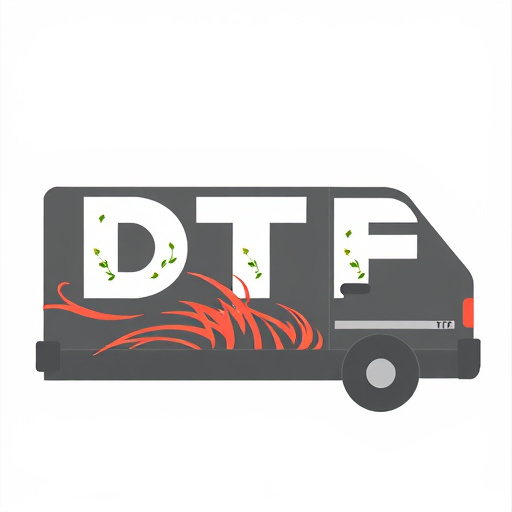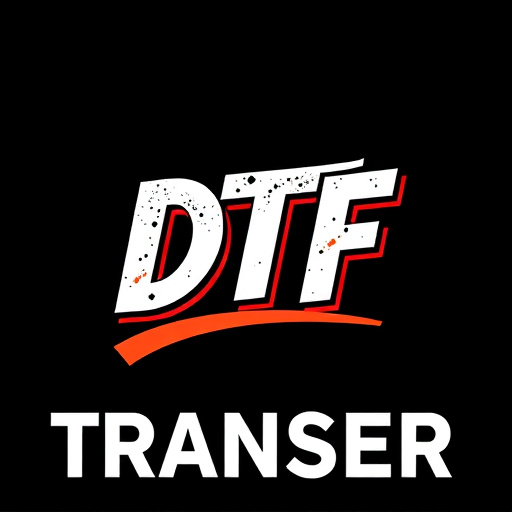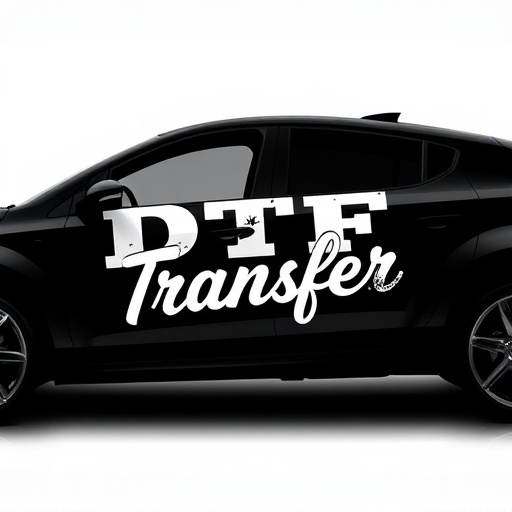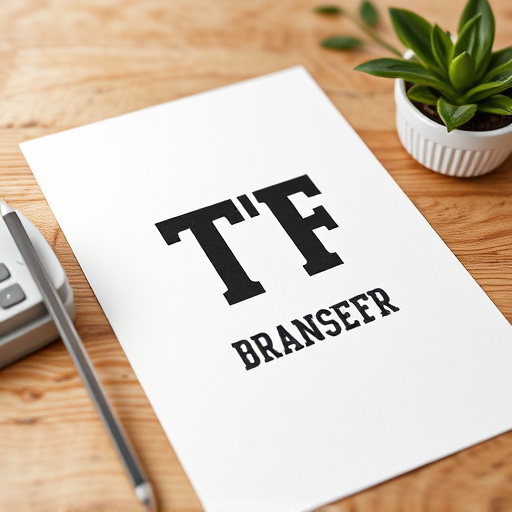DTF Prints and dye sublimation printing are two modern printing technologies offering high-quality image production with distinct characteristics. DTF prints, using specialized inkjet printers, provide durable, vibrant designs on various materials with intricate detail and sharp edges. Dye sublimation, involving heat and pressure, infuses colors directly into polyester fibers for photo-quality prints with deep saturation but potential fade concerns. DTF excels in durability and short-run customization while dye sublimation specializes in high-resolution textiles, each catering to unique applications and artistic preferences. Understanding their strengths guides selection for optimal results in various industries.
In the quest for high-quality printing, two methods stand out: Direct-to-Film (DTF) transfers and dye sublimation. This article delves into the intricacies of each, offering a comprehensive guide for print enthusiasts and professionals alike. From understanding the foundational processes to comparing key differences in image quality and durability, we explore why DTF prints and dye sublimation cater to distinct needs. Whether for custom apparel or promotional materials, knowing the pros and cons of each method is essential for informed decision-making.
- Understanding Direct-to-Film (DTF) Prints: A Brief Overview
- The Dye Sublimation Printing Process Explained
- Key Differences in Image Quality and Color Accuracy
- DTF vs. Dye Sublimation: Durability and Longevity Considerations
- Applications and Use Cases for Each Printing Method
- Cost Analysis: Comparing DTF Prints to Dye Sublimation
Understanding Direct-to-Film (DTF) Prints: A Brief Overview

Direct-to-Film (DTF) prints are a cutting-edge technology in the printing industry, offering an innovative way to create high-quality images directly on various materials, including fabric, metal, and even ceramics. This process eliminates the need for intermediate steps often required in traditional printing methods. With DTF, designs are transferred from a digital file directly onto the desired surface using specialized inkjet printers. One of the key advantages is its versatility; it allows for customization and can produce vibrant, detailed prints on a wide range of media.
DTF technology has revolutionized many sectors, particularly in the textile industry, where it enables the creation of unique, on-demand clothing designs. The process involves precision printing, ensuring that images are reproduced with excellent color accuracy and resolution. Additionally, DTF prints are known for their durability as the inks are fused into the material, making them resistant to fading and peeling. This method is a game-changer for businesses and individuals seeking swift production of custom products.
The Dye Sublimation Printing Process Explained
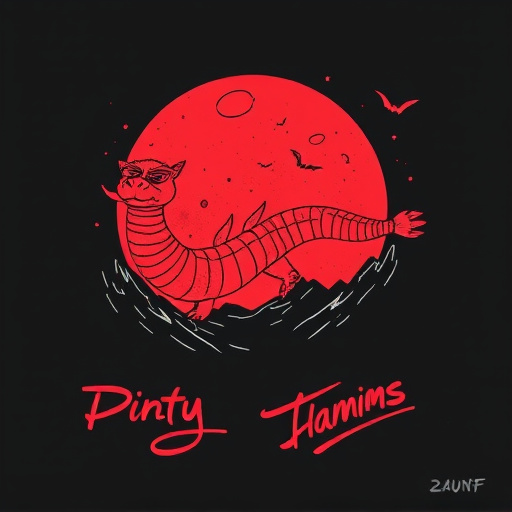
Dye sublimation printing is a process that involves transferring dye onto a medium, typically polyester or polypropylene, using heat and pressure. The image is first separated into different colours (red, green, blue, and sometimes yellow) in a digital file. Then, these colours are applied to the substrate in a layer, causing the dye to permeate the material, creating a vibrant, long-lasting print. This method is highly suitable for DTF Prints as it offers excellent colour accuracy and a soft, glossy finish. The result is a high-quality image with rich details and vibrant hues, making it a popular choice for various applications, including photo prints and art reproduction.
Key Differences in Image Quality and Color Accuracy
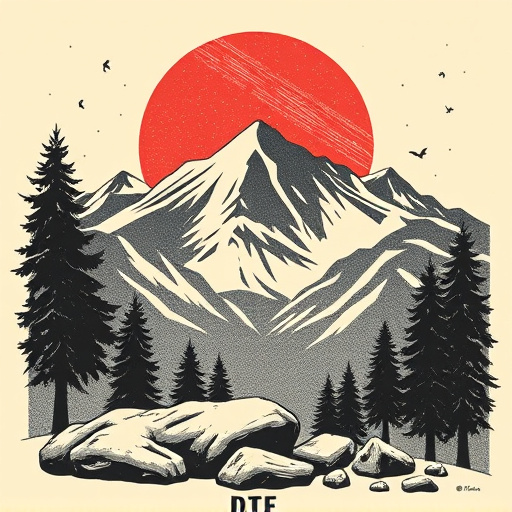
Direct-to-film (DTF) transfers and dye sublimation printing are two distinct methods for creating high-quality images on various media, each with its own set of advantages and limitations, especially when it comes to image quality and color accuracy. DTF prints offer a unique advantage in their ability to reproduce fine details and sharp edges directly onto the final surface, making them ideal for complex designs and intricate patterns. This method ensures that every subtle shade and gradient is accurately represented, resulting in vibrant and precise colors across the entire print.
In contrast, dye sublimation printing excels in achieving a broader range of color depth and saturation. It can produce images with a softer, more gradual transition between colors, making it suitable for art prints and photos where a more organic look is desired. While DTF prints excel in detail and precision, dye sublimation printing provides a different level of visual appeal, catering to different aesthetic preferences.
DTF vs. Dye Sublimation: Durability and Longevity Considerations
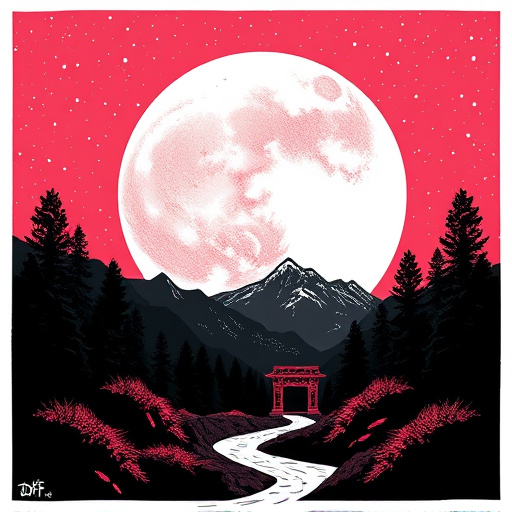
Direct-to-film (DTF) printing and dye sublimation are two distinct methods for creating high-quality images, each with its unique advantages and considerations, especially when it comes to durability and longevity. DTF prints offer a robust and long-lasting solution, as the ink is directly applied to the media, ensuring a more permanent bond. This method is ideal for applications where the printed material will be handled frequently or exposed to varying environmental conditions, such as outdoor signage or promotional items. The direct contact between ink and substrate results in superior durability, with vibrant colors that are less likely to fade over time compared to other printing techniques.
On the other hand, dye sublimation printing involves infusing dye into the material’s fibers, creating a more subtle and uniform color penetration. This process provides excellent color accuracy and detail, making it popular for photo-quality prints. While dye sublimation products can be highly durable, the printing process itself is more delicate. The printed image is not as directly bonded to the substrate as in DTF, which might make it slightly more susceptible to fading or damage over extended periods, especially if exposed to direct sunlight or harsh chemicals. However, with proper care and handling, dye sublimation prints can still offer a considerable lifespan, particularly for indoor displays or promotional materials.
Applications and Use Cases for Each Printing Method
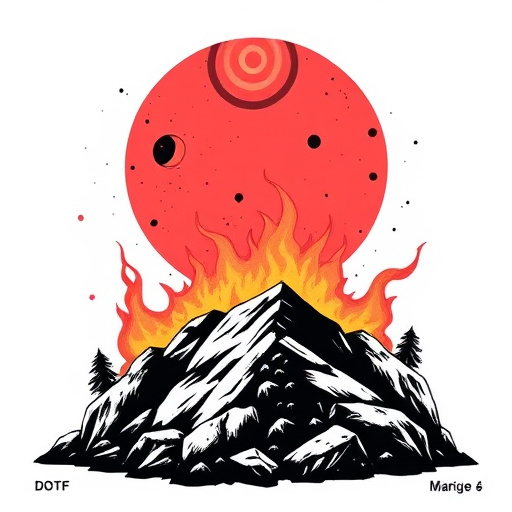
Direct-to-film (DTF) prints and dye sublimation printing are two distinct techniques with unique applications in various industries. DTF printing is a versatile method suitable for a wide range of projects, from high-quality art prints to custom phone cases and T-shirts. Its direct application onto various surfaces makes it ideal for short-run production and personalized items where speed and convenience are essential. For instance, local artists can quickly turn their digital creations into canvas prints, while small businesses can offer customized promotional merchandise with intricate designs.
On the other hand, dye sublimation printing is a specialized process primarily used for creating high-resolution, full-color images on various materials, especially textiles. It is particularly popular in the apparel industry for producing vibrant and durable clothing, bedding, and home decor items. The method allows for a seamless fusion of ink with polyester fabrics, resulting in rich colors and exceptional texture retention. This makes it a preferred choice for brands seeking to create unique, on-trend fashion lines or customized promotional clothing for events and campaigns.
Cost Analysis: Comparing DTF Prints to Dye Sublimation

When comparing DTF prints to dye sublimation printing, cost is a significant factor. Direct-to-film (DTF) transfers often present a lower upfront cost for equipment and materials, making it an attractive option for small businesses or individuals. However, over time, dye sublimation may prove more economical due to its versatility in handling various media types and its ability to produce high-quality prints at scale.
While DTF prints can be less expensive initially, the ongoing costs associated with ink replacement and potential reconfiguration for different print jobs can add up. Dye sublimation, though requiring a higher upfront investment, uses heat to transfer dye onto material, offering cost savings through longer-lasting equipment and the ability to print on diverse substrates without significant additional expenses.



